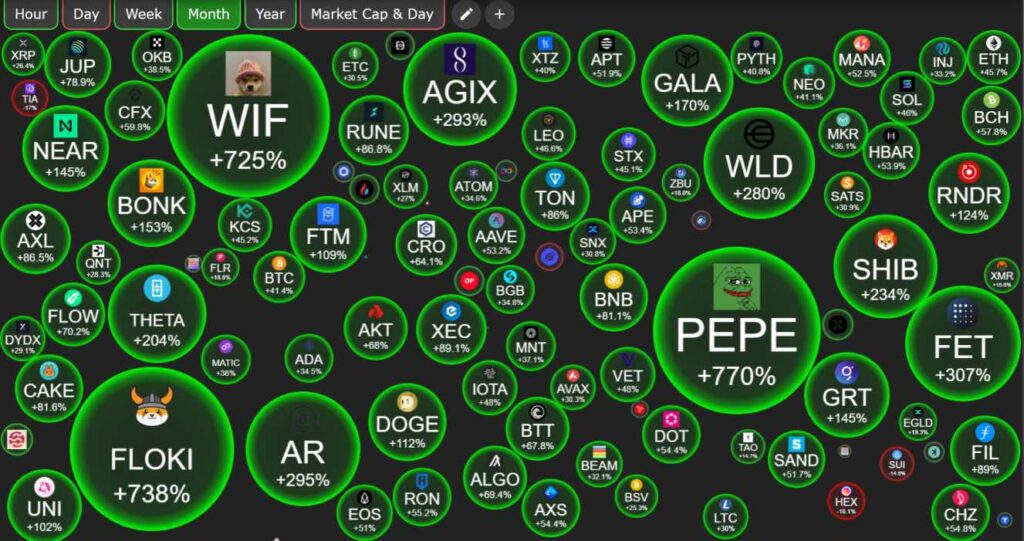Bitcoin trader meaning encapsulates the dynamic world of cryptocurrency trading, where individuals engage in the buying and selling of Bitcoin to capitalize on market fluctuations.
This role demands a solid understanding of market trends, various trading strategies, and the psychological aspects of trading, making it both a challenging and rewarding pursuit for those looking to navigate the fast-paced crypto landscape.
Definition of Bitcoin Trader
A Bitcoin trader is an individual or entity that buys and sells Bitcoin with the aim of making a profit. This term encompasses various components, including the ability to analyze market trends, understand trading strategies, and manage risks effectively. The primary role of a Bitcoin trader involves executing trades based on market analysis, keeping an eye on Bitcoin price fluctuations, and making quick decisions to maximize gains or minimize losses.Bitcoin traders have several responsibilities, such as monitoring price movements, conducting thorough research to understand market conditions, and using technical analysis to inform their trading strategies.
Unlike other traders in financial markets, Bitcoin traders operate in a highly volatile environment where prices can swing dramatically within short time frames. This volatility distinguishes them from traditional stock traders, who may deal with more stable assets and operate within less turbulent market conditions.
Types of Bitcoin Trading
Bitcoin trading strategies vary widely, catering to different risk appetites and trading styles. Key types of Bitcoin trading include:
- Day Trading: Involves making multiple trades within a single day to capitalize on short-term price movements.
- Swing Trading: Focuses on capturing price changes over several days or weeks, allowing for more extended research and analysis.
- Scalping: A fast-paced strategy that aims to make small profits on numerous trades throughout the day, requiring quick decision-making and execution.
Each of these trading types comes with its own risk-reward profile. Day trading may yield quick profits but often carries higher risks due to the fast-paced environment. Swing trading can provide more stable returns, but it typically requires patience and market insight. Scalping demands intense focus and fast execution but offers the potential for consistent, albeit small, profits.
| Type of Trading | Duration | Risk Level | Skill Requirement |
|---|---|---|---|
| Day Trading | Minutes to hours | High | Advanced |
| Swing Trading | Days to weeks | Moderate | Intermediate |
| Scalping | Seconds to minutes | Very High | Expert |
Skills Required to Be a Bitcoin Trader
Successful Bitcoin trading demands a unique set of skills that can significantly influence a trader’s performance. Essential skills include technical analysis, market research, and understanding trading psychology. A solid grasp of chart patterns, indicators, and market trends enables traders to make informed decisions.To develop these skills, aspiring Bitcoin traders should engage in continuous learning and practice. Resources such as online courses, webinars, and trading simulators can be immensely beneficial.
Here’s a list of recommended courses and materials for skill enhancement:
- Online Trading Academy: Offers comprehensive courses on various trading strategies.
- Investopedia Academy: Provides beginner to advanced courses on trading fundamentals.
- Books: “Mastering Bitcoin” by Andreas M. Antonopoulos and “The Bitcoin Standard” by Saifedean Ammous are excellent for gaining deeper insights.
Tools and Platforms for Bitcoin Trading
Numerous trading platforms and tools are available to facilitate Bitcoin trading. These platforms provide various features that cater to different trading needs. Popular trading platforms include Binance, Coinbase Pro, and Kraken, each with its own set of strengths and weaknesses.When comparing these platforms, user experience, transaction fees, and security are crucial factors to consider. Binance, for example, offers a wide range of trading pairs and lower fees, while Coinbase Pro is known for its user-friendly interface.
Below is a table summarizing the pros and cons of each platform:
| Platform | Pros | Cons |
|---|---|---|
| Binance | Low fees, extensive trading options | Complex for beginners |
| Coinbase Pro | User-friendly, strong security | Higher fees than competitors |
| Kraken | Good reputation, high liquidity | Limited features for advanced traders |
Risks and Challenges of Bitcoin Trading
Bitcoin trading is fraught with risks that traders must navigate to ensure successful outcomes. Common risks include market volatility and security threats, which can lead to significant financial loss. To mitigate these risks, traders can implement various strategies such as setting stop-loss orders and diversifying their portfolios.Real-life examples of challenges faced by Bitcoin traders include:
- Experiencing sudden market crashes that result in unexpected losses.
- Falling victim to hacking incidents that compromise trading accounts.
- Struggling with emotional decision-making during periods of extreme market fluctuation.
Legal and Regulatory Considerations
The legal framework surrounding Bitcoin trading varies significantly across jurisdictions. Compliance with local regulations is crucial for traders to avoid legal repercussions. In many regions, traders must ensure they are adhering to Know Your Customer (KYC) and Anti-Money Laundering (AML) laws, which affect trading practices.Potential legal issues that a trader may face include taxation on profits made from trading and the necessity to report certain transactions.
Navigating these regulations requires a thorough understanding of local laws and possibly consulting with legal professionals specializing in cryptocurrency.
Psychological Aspects of Trading Bitcoin
The psychological factors influencing trading decisions are profound and can significantly impact performance. Traders often face emotional challenges such as fear, greed, and anxiety, which can cloud judgment and lead to poor decision-making. Techniques to maintain discipline include setting clear trading goals, developing a robust trading plan, and practicing mindfulness.Self-assessment methods, such as keeping a trading journal, can help traders identify patterns in their decision-making and improve their trading psychology over time.
Reflecting on emotions tied to trades can also foster a healthier mindset, enhancing overall trading effectiveness.
Final Thoughts
In conclusion, being a Bitcoin trader means delving into a complex arena filled with opportunities and risks that can yield significant rewards for those equipped with the right knowledge and skills.
Clarifying Questions
What is the primary goal of a Bitcoin trader?
The primary goal of a Bitcoin trader is to profit from price movements by buying low and selling high, leveraging market volatility to maximize returns.
Do I need a degree to become a Bitcoin trader?
No, a formal degree is not required, but having a strong understanding of financial markets, trading strategies, and risk management is essential.
What are the most common mistakes new Bitcoin traders make?
New Bitcoin traders often make mistakes such as lacking a clear trading plan, overtrading, and ignoring market research.
How much capital do I need to start Bitcoin trading?
The amount of capital needed to start Bitcoin trading can vary, but many platforms allow you to start with a small investment, often as low as $100.
Is Bitcoin trading safe?
Bitcoin trading carries inherent risks due to market volatility and security threats, but implementing proper risk management strategies can help mitigate these risks.






